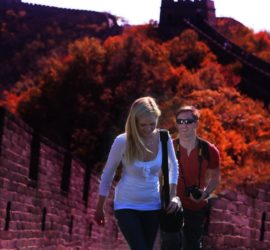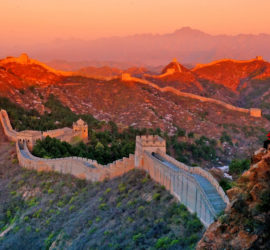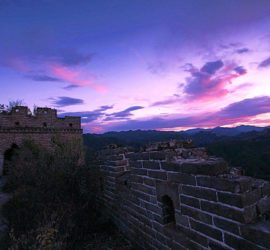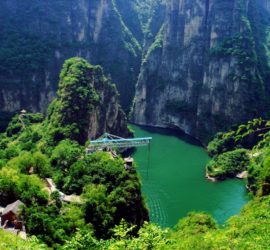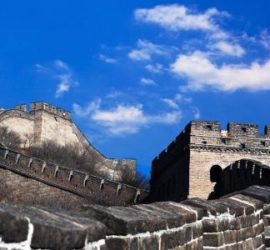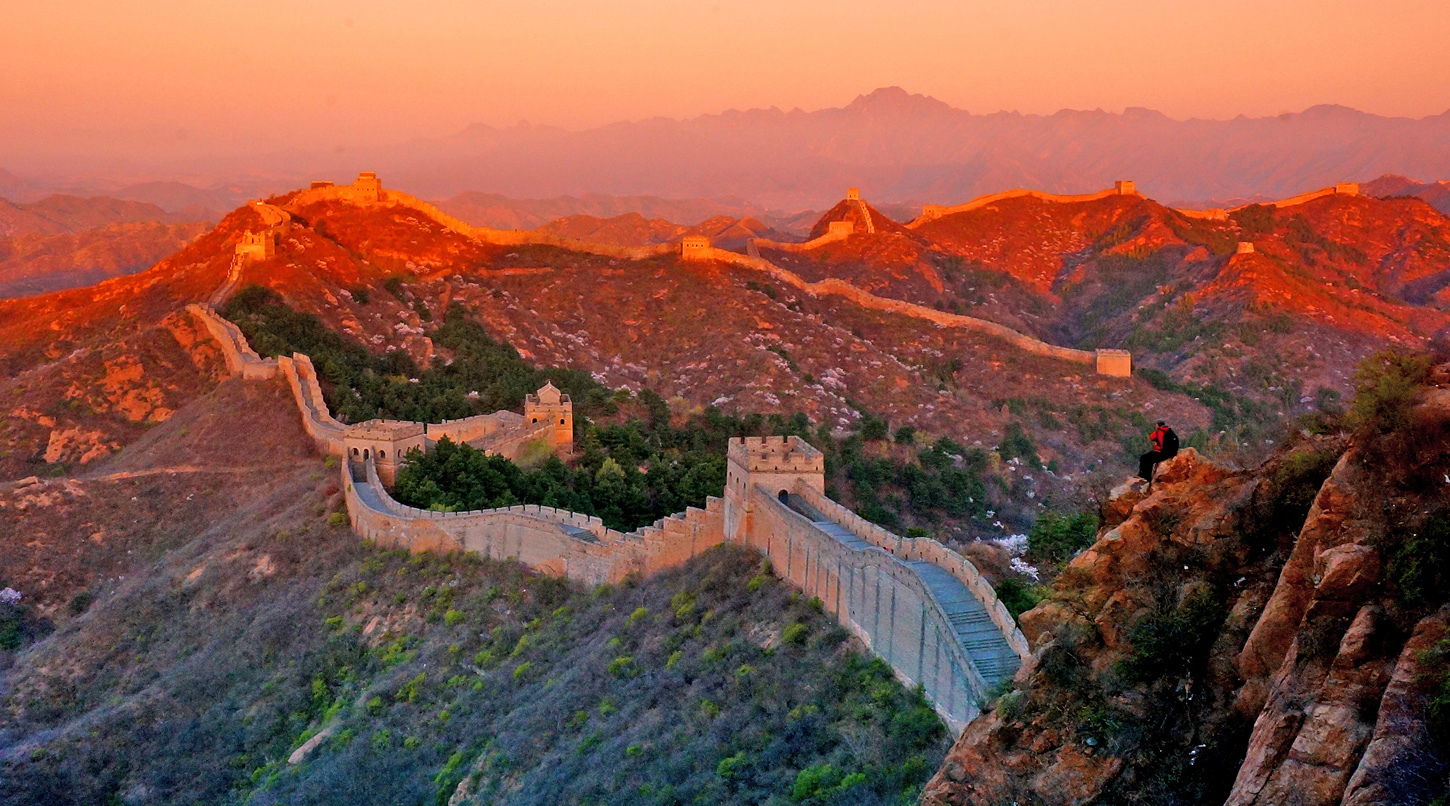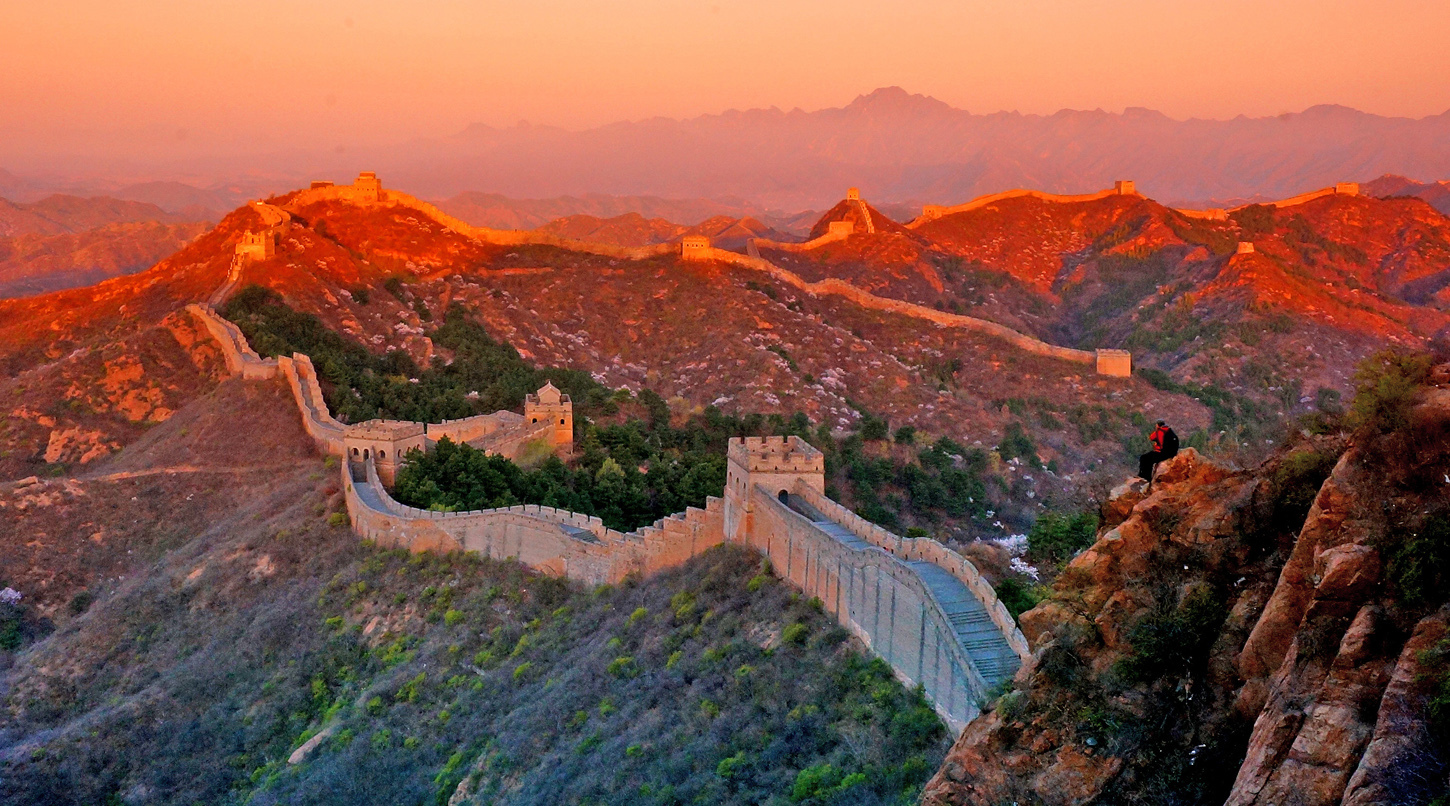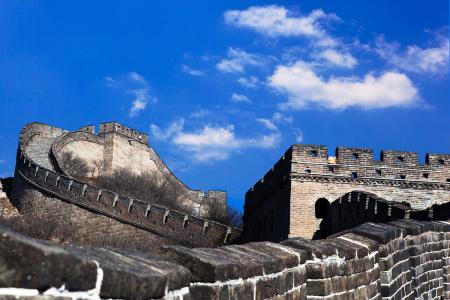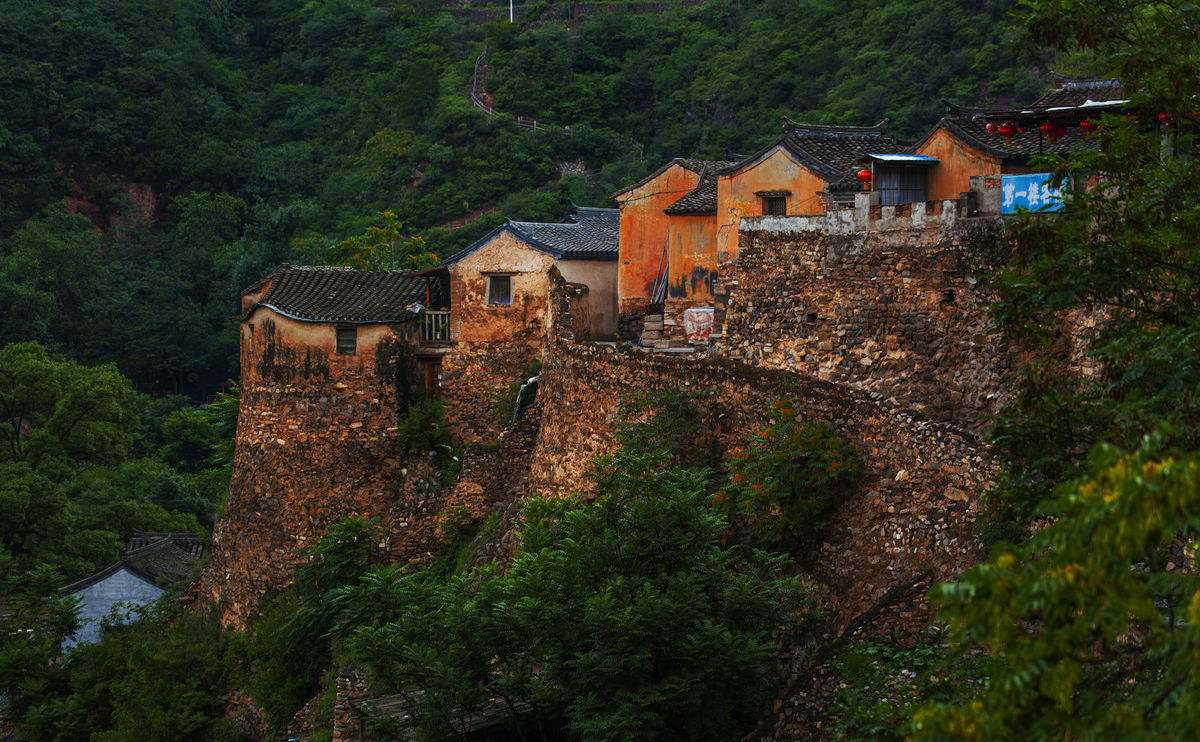Allgemeine Informationen:
Hire a car with driver to world famous Verbotene Stadt,Temple of heaven & Summer palace, Enjoy a hassle free and flexible tour provided by Mr orange.
Reisen an neue Orte sollen Spaß machen und luxuriös sein. Doch das ist immer mit Kosten verbunden: Zeit, Geld und Aufwand. Genau hier kommen wir ins Spiel. Unser Mietwagenservice ist flexibel gestaltet und kann jederzeit auf Ihre individuellen Bedürfnisse zugeschnitten werden. Sie werden zur Chinesischen Mauer gefahren, während Sie sich entspannen und nur noch auf Ihre Ankunft warten.
Why you will need a private transfer?
Der effiziente Service
Wir bieten erstklassigen Service mit voll lizenzierten Fahrern, die sich in China bestens auskennen. Sie kümmern sich nicht nur um das Fahren, sondern auch um all Ihre Wünsche. Sie helfen Ihnen beim Bezahlen Ihrer Tickets und übernehmen die Mittagspausen während Ihres Besuchs, wann immer Sie es für nötig halten. Unsere Fahrzeuge sind neu und mit allem notwendigen Zubehör wie Klimaanlage, Airbags, Sicherheitsgurten, Feuerlöschern und vielem mehr ausgestattet.
Sie können sparen
Im Gegensatz zu den Unannehmlichkeiten, die durch die Suche nach einem Taxi und die damit verbundenen hohen Kosten entstehen, steht Ihnen unser Team den ganzen Tag zur Verfügung. Bei Problemen können Sie jederzeit unseren Kundenservice unter 0086-13910694045 anrufen. Sie können Fahrer und Fahrzeug stundenlang reservieren und Ihre Tarife werden individuell an Ihre Bedürfnisse angepasst. Es gibt keine versteckten Kosten und Sie bekommen, was Sie sehen.
Sie sind flexibel
Sie können den Service jederzeit anrufen, auch frühmorgens. Sie werden zu Ihrem Wunschziel gebracht und können dort so lange bleiben, wie Sie möchten. Sie können auch mit bis zu vier Freunden kommen. Das spart nicht nur Geld, sondern macht auch mehr Spaß. Unser Fahrer spricht Chinesisch und hilft Ihnen, die Kommunikation in schwierigen Situationen zu erleichtern. Möglicherweise müssen Sie jedoch einen Spickzettel mit chinesischen Grundkenntnissen herunterladen, um mit dem Fahrer sprechen zu können.
Tarif (Bitte beachten Sie, dass unser Preis pro Auto und NICHT pro Person gilt):
| 1 Person | 2 Personen | 3-5 Personen | 6-9 Personen | >10 Personen |
| 120 USD | 125 USD | 155 USD | 185 USD | Kontaktieren Sie uns für ein genaues Angebot |
Zeitplan:
- Abfahrtszeit: 7:00 Uhr (vorgeschlagene Zeit, Änderungen vorbehalten)
- Geschätzte Rückkehrzeit: 18:00 Uhr
- Transferdauer: 4 Stunden
- Inklusive: Fahrer, Kraftstoff, Parkgebühr, Mautgebühr
- Ausgeschlossen: Mittagessen, Eintrittskarten, Dank für eine gute Arbeit
- Abholpunkt: Ihr Hotel in der Innenstadt von Peking
- Abgabepunkt: Ihr Hotel in der Innenstadt von Peking
Verbotene Stadt

Als eine der berühmtesten Sehenswürdigkeiten Pekings in China versetzt die Verbotene Stadt nahezu jeden Besucher in die Vergangenheit. Aufgrund ihrer unvergleichlichen Schönheit wurde sie 1987 zum UNESCO-Weltkulturerbe ernannt. Da die Struktur und die Einzigartigkeit des Palastes als wichtiger Teil der Geschichte gelten, wurde sichergestellt, dass die Anlage auch in Zukunft gut erhalten bleibt.
Himmelstempel
The Temple of Heaven refers to an imperial complex mainly of religious structures located in the southeastern region of central Beijing. The Emperors of Qing and Ming dynasties visited the complex where they conducted annual prayers to the Heavens for the abundant harvests. It is termed to as a Taoist temple.
Two encircling walls into the interior and towards the exterior parts divide the Temple of Heaven. Its primary structures are built towards the north and south ends of the central axis of the inner region. From the south towards the north, Huangiutan or the Circular Mound Altar, the Imperial Vault of Heaven also called Huangqiongyu and Qiniandian which was the Hall of Prayer for Good Harvest are the most magnificent buildings in the Temple of Heaven. This is definitely a place one would enjoy visiting with their families and friends.
Summer Palace:
The creation of the Summer Palace came about through the Jin Dynasty emperor Wányán Liàng and the moving of his capital to the area. Since this time, around the mid-1100s, various buildings and gardens have been created with Longevity Hill receiving its name from the Qianlong Emperor who commissioned work on the imperial gardens that sit on the hill in 1749 to commemorate his mother’s 60th birthday.
The area is now a public park, having been opened as such in 1924, and continues to attract an abundance of visitors both from China and the rest of the world.
A number of impressive buildings make up the Summer Palace with many sat on Longevity Hill;Buddhist Virtue Temple . Sea of Wisdom Temple and Dispelling Cloud Hall are just a few. This Palace is divided into three different areas, each consisting of its own individual function. These functions include political and administrative activities, residences, and recreation and sightseeing, making its huge scale more manageable for those who come to the site.
The Summer Palace claimed UNESCO World Heritage List status in 1998 with its masterpiece of Chinese landscape garden design being one of the features to be highly praised by the United Nations. The stark contrast of the imperial gardens with its incredible aspects of natural wonder juxtaposed with some amazing feats of engineering and manmade features make it a place of ‘outstanding aesthetic value’ that will continue to attract many visitors for years to come.
Having been first built in 1750 and suffered immense damage as a result of the war in 1860, the gardens also support a contrast of complete peace and tranquillity as well as a memory of conflict and less prosperous times. For these reasons, the Summer Palace with its Longevity Hill is a fantastic place to visit during a stay in China, whether as part of a tour or by yourself.



